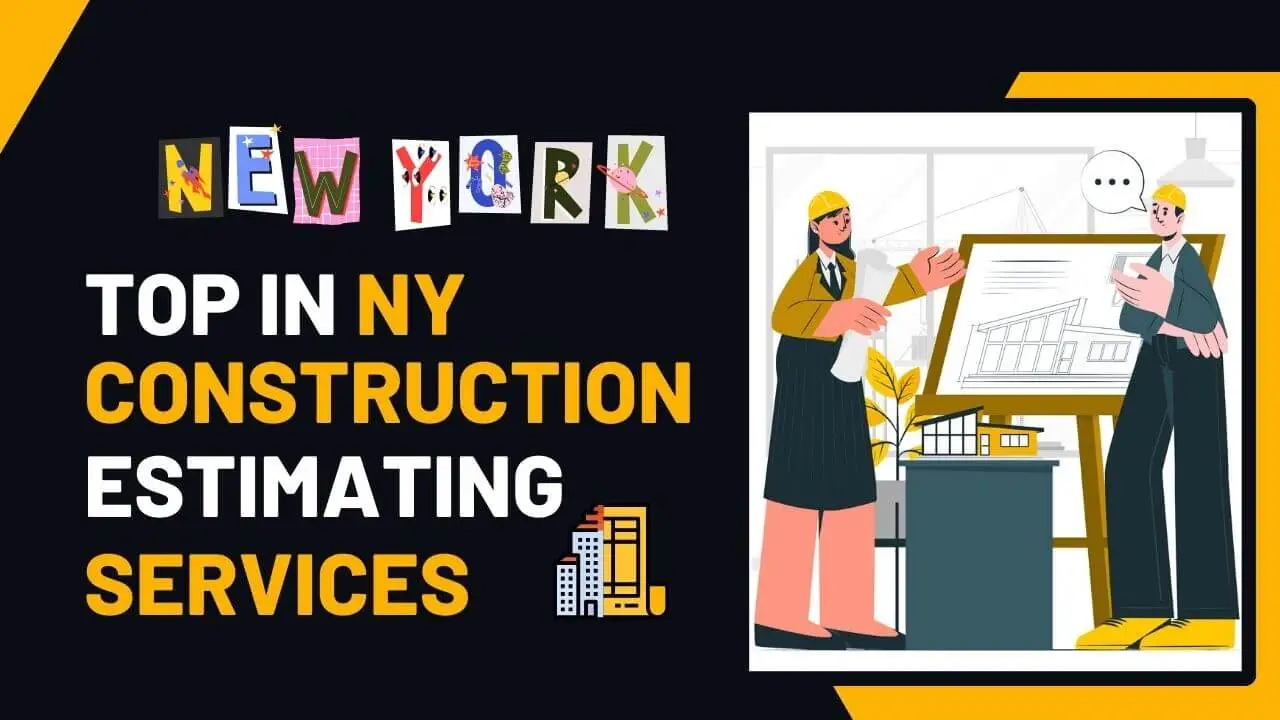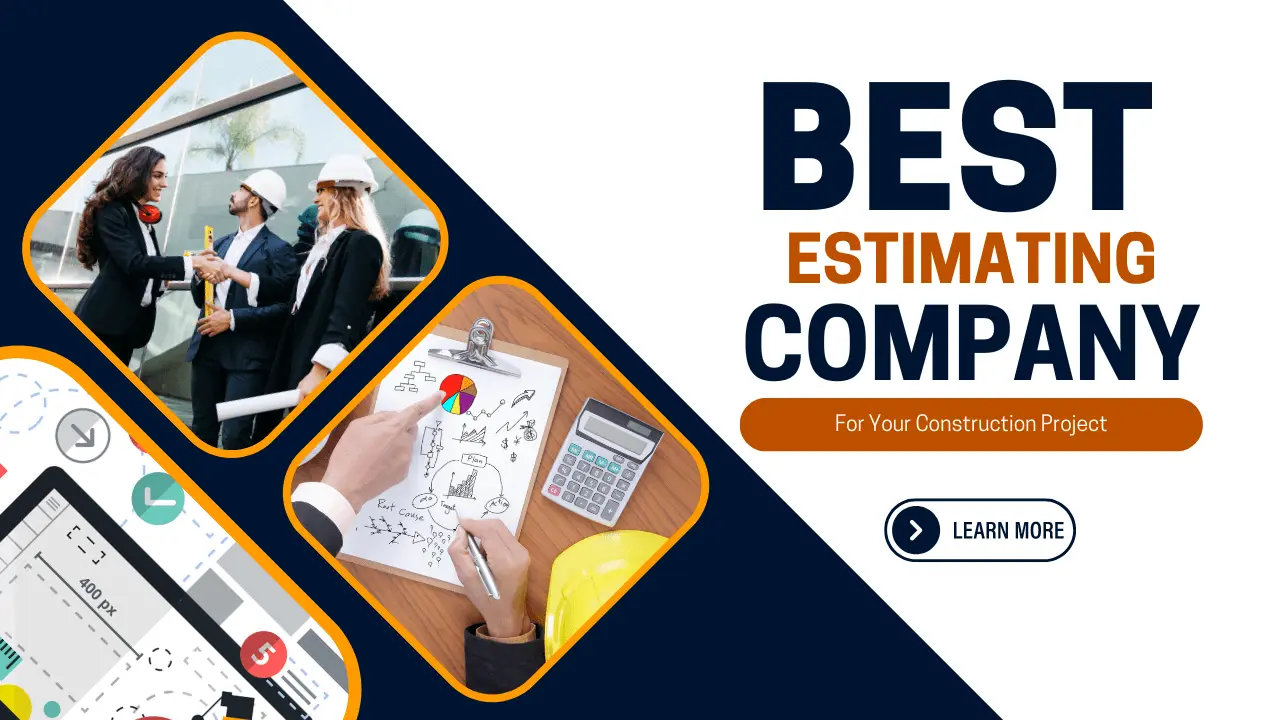Did you know many construction projects exceed their budget by 30% or more? It’s a staggering statistic and a major reason accurate estimating is crucial. Careful cost analysis is essential in estimating as it allows construction companies to identify potential cost overruns early on. By thoroughly examining all the project’s expenses and considering factors such as labor, materials, and unforeseen circumstances, accurate estimating helps ensure that the budget remains on track and prevents unnecessary financial strain. When estimates are off, it can lead to cost overruns, project delays, and unhappy clients.
In this guide, we’ll dive into the Top 10 Construction Estimating Mistakes and how you can avoid them. Some common construction estimating mistakes include underestimating labor costs, failing to account for inflation, overlooking potential changes in material prices, and not considering the impact of weather conditions on the project timeline. These mistakes can result in significant budget overruns and delays, leading to dissatisfaction among clients and stakeholders. Therefore, it is crucial for construction companies to carefully analyze and factor in all relevant variables during the estimating process. Accurate estimating isn’t just nice—it’s essential for keeping your projects on track and within budget.

Top 10 Construction Estimating Mistakes
Accurate cost estimation is crucial in construction projects because it helps stakeholders make informed decisions about budgeting, resource allocation, and project feasibility. Without accurate cost estimation, projects can easily go over budget, causing financial strain and delays. Additionally, inaccurate cost estimation can lead to poor project planning, resulting in compromised quality and customer dissatisfaction.
1. Ignoring Risk Assessment
Mistake: Failing to identify and plan for potential risks can lead to unexpected costs and delays.
Solution: Develop a comprehensive risk assessment plan that identifies possible risks and outlines mitigation strategies. Allocate a budget for risk management to handle unforeseen issues effectively.
2. Poor Communication
Mistake: Lack of clear communication between stakeholders, contractors, and teams can result in misunderstandings and errors.
Solution: Establish regular communication channels and meetings to ensure everyone is on the same page. Use project management software to keep track of updates and share important information.
3. Ignoring Safety Protocols
Mistake: Overlooking safety measures can lead to accidents, project delays, and increased costs due to fines and compensation claims.
Solution: Prioritize safety by implementing strict safety protocols and conducting regular training sessions. Ensure all team members understand and follow safety guidelines.
4. Getting Only One Estimate
Mistake: Relying on a single estimate can lead to inaccuracies and missed cost-saving opportunities.
Solution: Obtain multiple estimates from different contractors and suppliers to compare costs and find the best value. This also helps in identifying potential discrepancies in pricing.
5. Choosing the Wrong Contractor
Mistake: Hiring a contractor without proper vetting can result in poor workmanship, delays, and increased costs.
Solution: Conduct thorough background checks and review past projects before hiring a contractor. Check references and ensure they have the necessary experience and qualifications for the project.

6. Inefficient Subcontractor Management
Mistake: Poor management of subcontractors can lead to delays, miscommunication, and increased costs.
Solution: Develop a clear subcontractor management plan that includes timelines, deliverables, and communication protocols. Regularly monitor their progress and address issues promptly.
7. Underestimating Overheads
Mistake: Failing to account for overhead costs such as administrative expenses, utilities, and insurance can lead to budget shortfalls.
Solution: Include all overhead costs in your estimates. Regularly review and update these costs to ensure they reflect current expenses.
8. Bidding for Complex Projects Without Proper Preparation
Mistake: Bidding on projects that are too complex without adequate preparation can lead to cost overruns and project failures.
Solution: Carefully evaluate your capabilities and resources before bidding on complex projects. Ensure you have a detailed plan and the necessary expertise to handle the project.
9. Forgetting Permits and Regulatory Fees
Mistake: Overlooking the costs of permits, inspections, and other regulatory fees can cause delays and additional expenses.
Solution: Research all required permits and regulatory fees early in the planning process. Include these costs in your budget and ensure all necessary permits are obtained on time.
10. Ignoring Labor Costs
Mistake: Underestimating or overlooking labor costs can lead to significant budget issues.
Solution: Accurately calculate labor costs by considering wages, overtime, benefits, and taxes. Regularly update these estimates based on current market rates and project requirements.

The Power of Professional Estimating Services:
Even experienced professionals can benefit from a second set of eyes. Consider hiring a professional estimating service to review your estimates and identify potential blind spots. Their expertise can save you time, money, and headaches in the long run.
The construction estimating process involves several critical steps to ensure thorough planning and accurate budgeting.
Conclusion
Accurate cost estimation in construction management is vital for project success. Avoiding common estimating pitfalls such as ignoring risk assessment, poor communication, and underestimating labor costs can save you from the fallout of estimate mistakes. Whether you’re working on building cost estimates for a residential project or using a house construction cost calculator, thorough planning and attention to detail are key. Utilize the best construction estimating software and free estimating templates available to streamline your process. By understanding the cost to build a house per square foot and the material cost to build a house, you can create more accurate budgets and ensure smoother project execution. Don’t let common mistakes by construction companies derail your projects—use these tips to stay on track and within budget.






